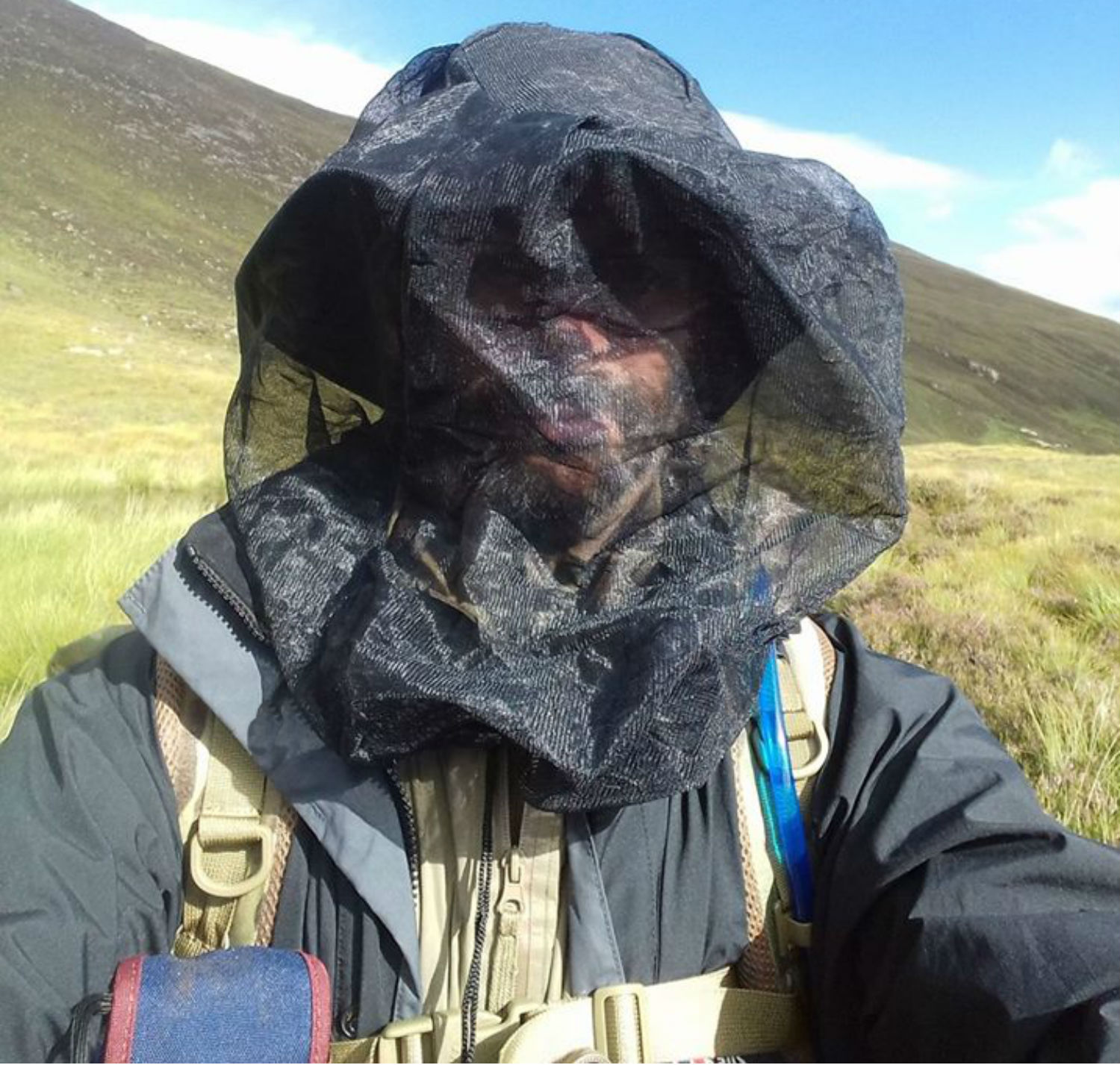SCOTLAND’s biting midge population carries previously-unknown viruses, according to new research.

For the first time scientists at the MRC-University of Glasgow Centre for Virus Research (CVR) were able to study the total collection of viruses in the biting midge (Culicoides impunctatus).
The scientists discovered several new viruses in the ‘virome’ of the midges, including an alphanodavirus, two rhabdo-like viruses and a chuvirus.
These viruses are mainly found in insects and other invertebrates, but some members of the alphanodaviruses naturally infect pigs and herons, sometimes causing death.
The newly–identified viruses were found to be sufficiently different from known species to be categorised as novel. However, there is currently no evidence that these viruses pose a threat to humans.
Despite their prevalence in Scotland, midges – small biting flies which are a predominantly a nuisance to humans – are currently understudied. Yet midges are carriers of arboviruses (viral infections transmitted to humans from a group of insects) and were responsible for the emergence and spread of Schmallenberg virus (SBV) in Europe in 2011, and are likely to be involved in the emergence of other arboviruses in Europe.
There are at least 41 different species of biting midge described in the UK, of which 37 are present in Scotland.
Lead author Sejal Modha said: “The technology we used allowed us to look at the viruses carried by midges in a way that can’t be done in the lab, expanding our knowledge of the insect viruses in a way that could be very useful in future.
“What we found is important because biting midges can be carriers of arboviruses.”
Modha stressed that the public should not be concerned about discovery.
The midges studied were collected at the University of Glasgow’s Scottish Centre for Ecology and the Natural Environment (SCENE), located within the Loch Lomond and Trossachs National Park.
The study, ‘Metaviromics reveals unknown viral diversity in the biting midge Culicoides impunctatus’ is published in Viruses. It was funded by the Medical Research Council (MRC).

